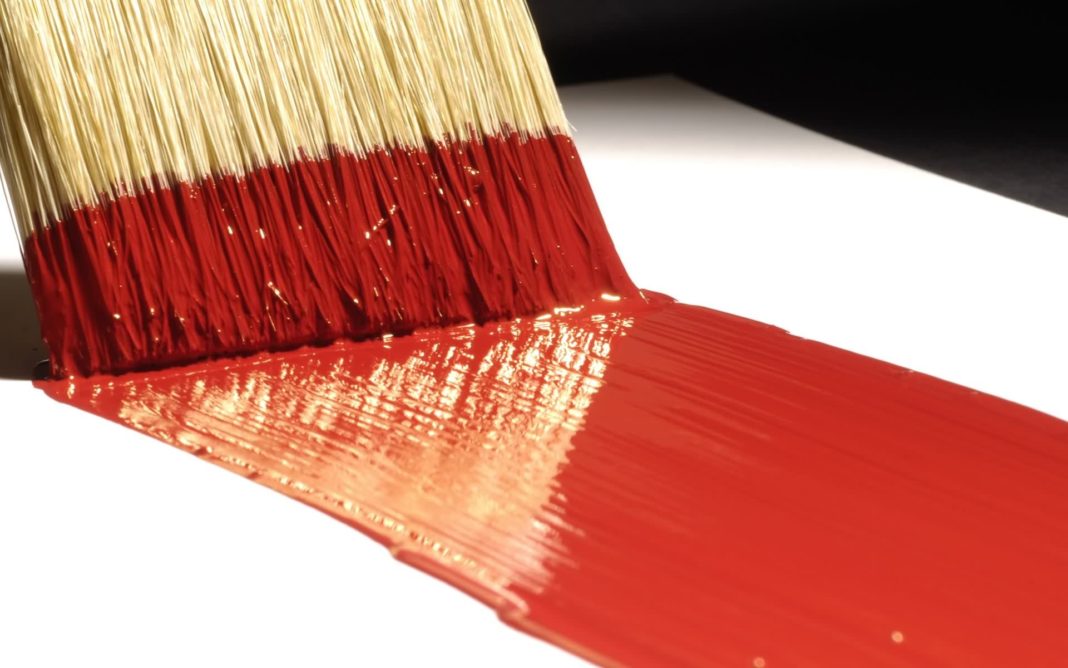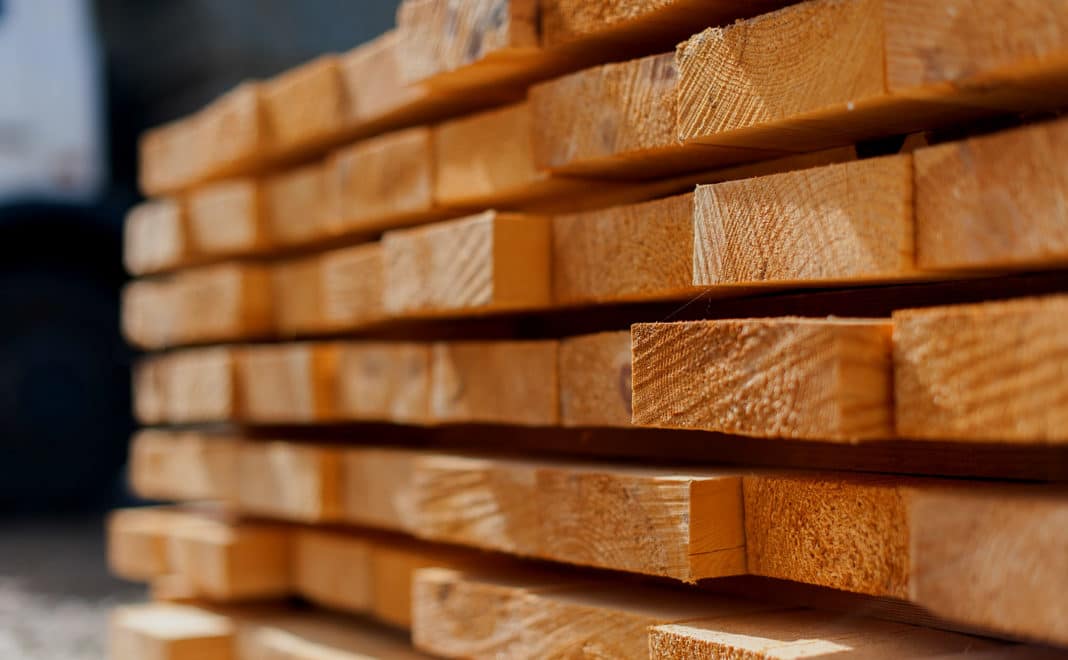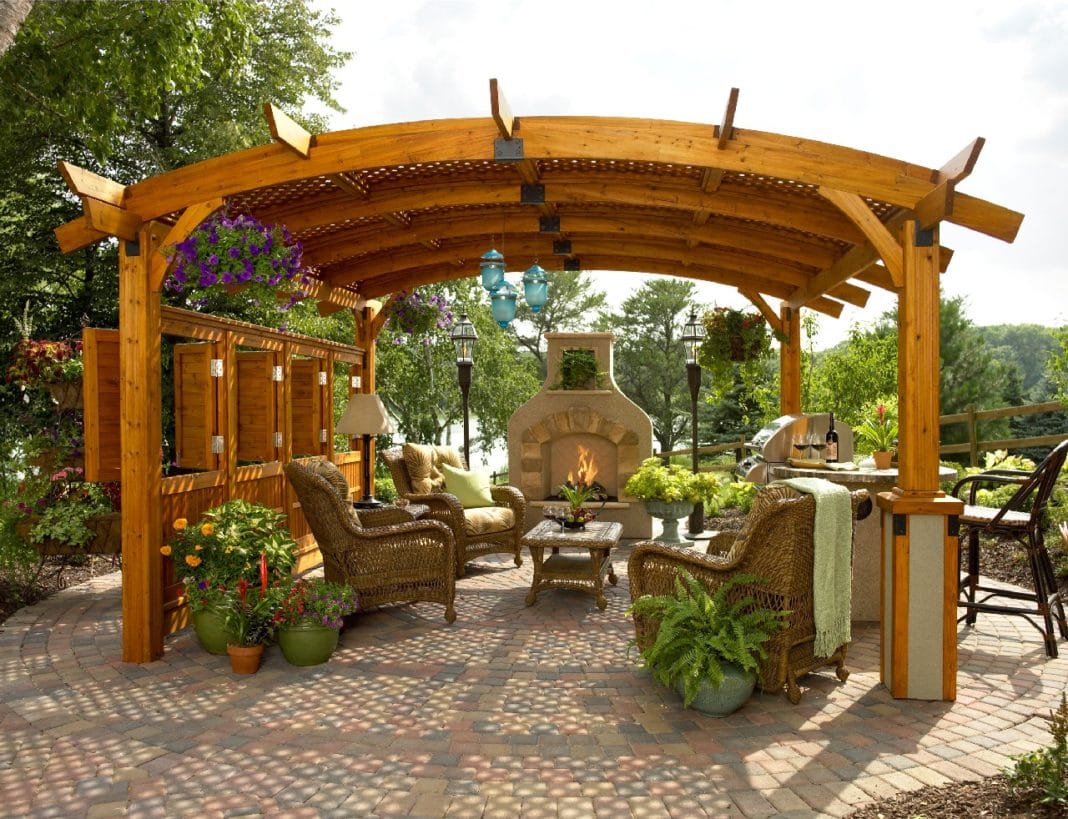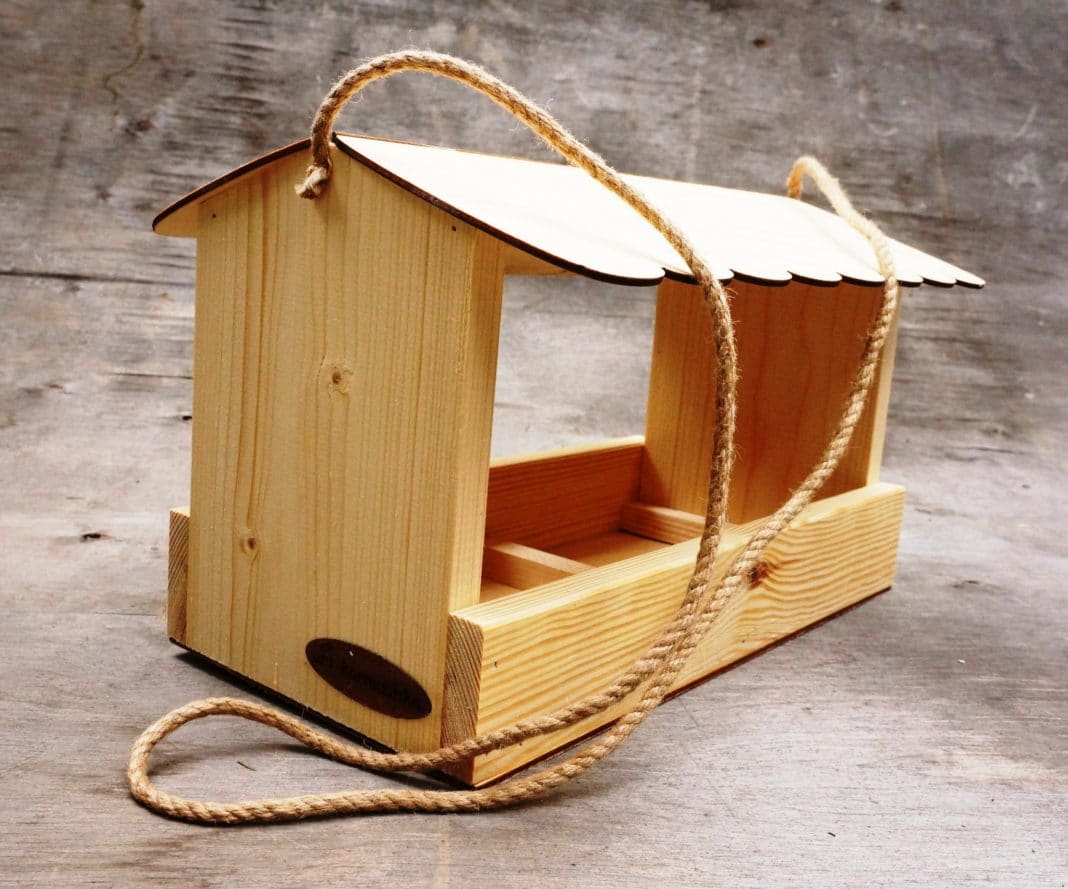The use of quality lacquer to cover wood is the key to preserving the beauty of this amazing material. Hundreds of years ago, people appreciated the advantages of wood, and it is still in demand today. It is used to build eco-friendly houses, make luxurious furniture, create exquisite interiors and art objects.
Despite its unique natural properties, wood needs additional protection, which would prolong the service life of products made of it. A reliable lacquer coating will help to solve this problem.
Критерии выбора продукции
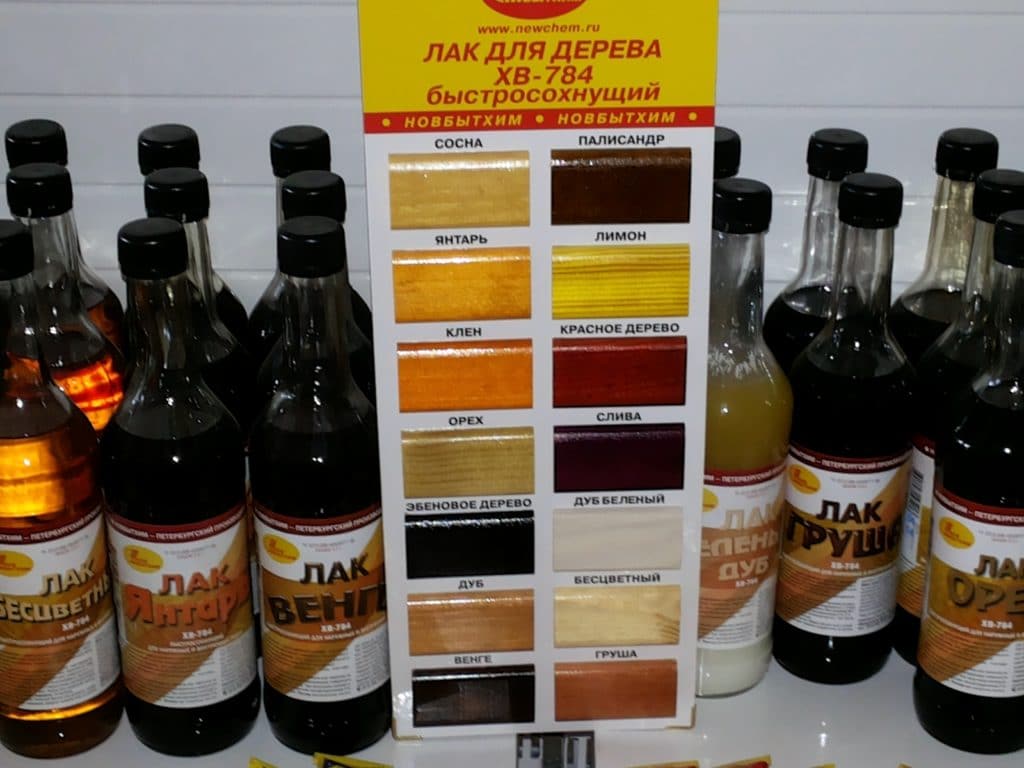
Varnishes are thick solutions used for coating interior objects in order to create a durable protective film on their surface. Varnishes are made on the basis of natural or artificially synthesized resins, polymers dissolved in water or organic solvents (wine and wood alcohol, vegetable oils, wine and wood alcohol, solvent naphtha, etc.).
Wood lacquering has specific purposes, so the used finish coating should have a number of qualities that extend the service life of wooden products.
Technical characteristics of products that should be paid attention to when choosing a varnish:
- operating conditions of the coated surface (whether the varnished wood will be exposed to active atmospheric influence);
- elasticity (the more elastic the lacquer, the higher the permissible deformation of the wood under operational loads);
- wear resistance (the stronger the lacquer film, the less the product will be subjected to mechanical abrasion);
- fire safety (the safest varnishes are non-combustible varnishes that protect the coated surfaces from fire spread in case of fire);
- vapor permeability (property that allows wood to “breathe” even under a layer of varnish);
- moisture resistance (protection of wood from rotting):
- toxicity (water-based or organic solvent varnishes are the safest);
- degree of gloss (allows you to create a glossy, matte, semi-matte surface);
- color (lacquer can be colorless, pigmented or tinted);
- number of components (one-component or multi-component coatings);
- antiseptic properties (products with antibacterial and antiparasitic protection effect);
- drying time (depends on the composition).
When purchasing products, it is necessary to pay attention to the storage conditions and expiration date of the solution. These points affect the quality of the product and the final result of varnishing.
Types of protective coatings
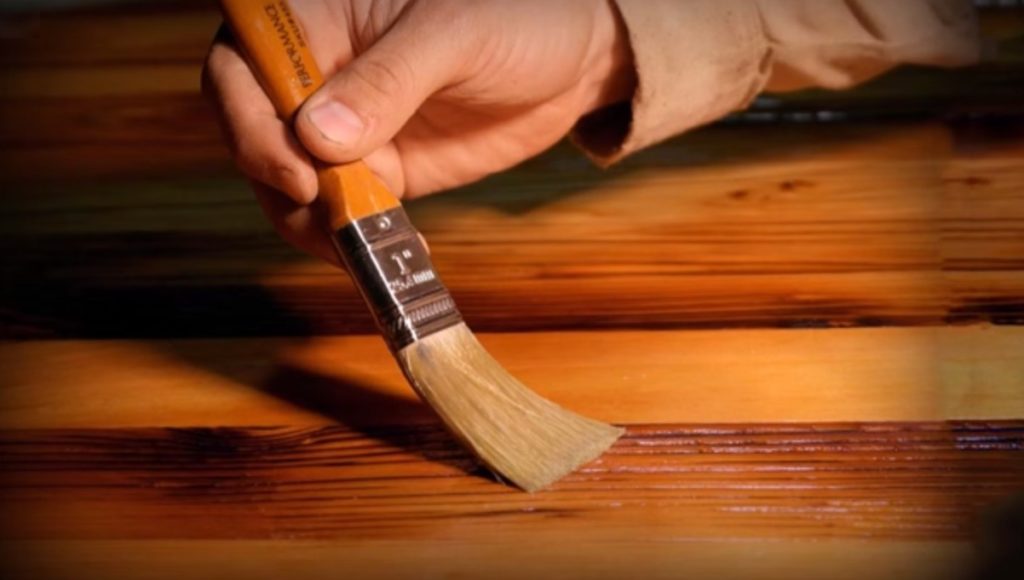
The range of varnishes for renewal and protection of the appearance of wooden surfaces and interior elements is replenished with new brands every day.
Classification of varnishes according to the chemical composition of the main components:
- oily;
- bituminous;
- alcoholic;
- acrylic and polyacrylic;
- epoxy;
- polyurethane;
- alkyd (pentaphthalic, glyphthalic), alkyd-urethane, alkyd-acrylic;
- nitrocellulose;
- polyester;
- epoxyester;
- polyvinyl acetate;
- alkyd-carbamide.
The selected product should be suitable for all conditions in which the product to be varnished will be used. If it is necessary to emphasize the natural beauty of wood, it is better to use a colorless (transparent) varnish or a coating containing pigments that enhance the texture of wood.
By consistency, lacquer solutions are divided into:
- liquid;
- semi-liquid;
- thick.
Depending on the conditions of use of the varnished surface, varnishes are produced:
- for interior works;
- for exterior (facade) works.
Solutions for exterior works are more elastic, do not crack over time, well tolerate temperature fluctuations, wind, moisture and ultraviolet light. Coatings for interior finishing are more resistant to abrasion.
Parquet flooring
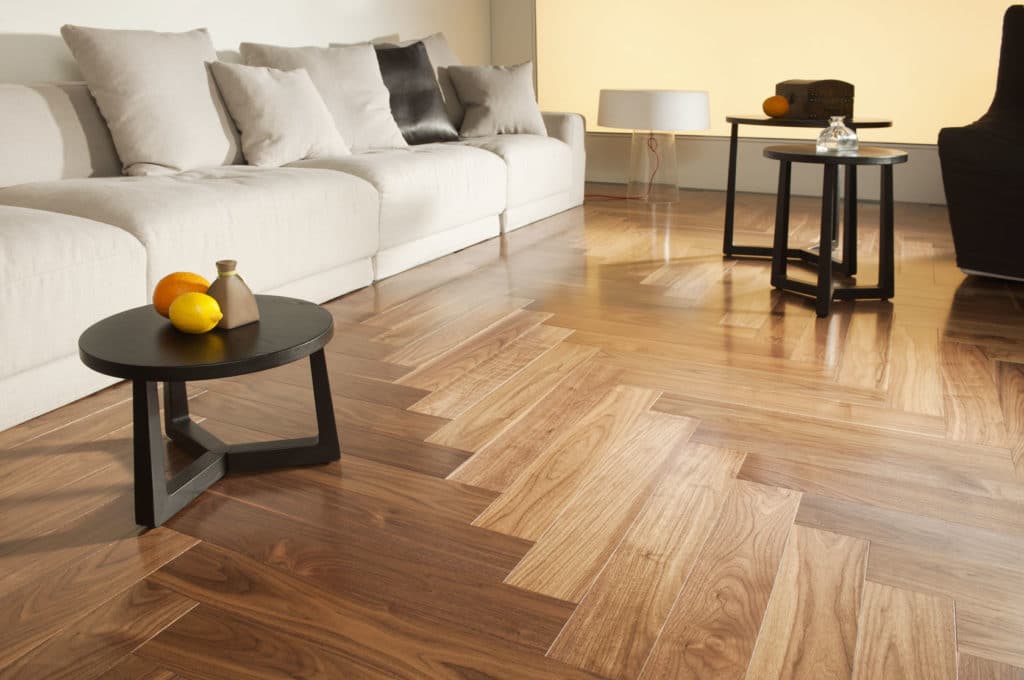
Wooden floors and parquet flooring are extremely susceptible to wear and tear, so varnish for them must have exceptional strength characteristics. Let’s consider the most acceptable types.
- Polyurethane (urethane) varnishes are solutions based on high molecular weight resins. They have extremely high abrasion resistance, impact resistance and resistance to mechanical damage. They are used for painting with their own hands floors, doors, stairs, exterior and interior walls, wooden sail and rowboats.
- Nitrocellulose coatings (nitrolacquer) – coatings based on cellulose nitrate in the composition of active organic solvents. They form hard and durable films. Harmless, fast drying, affordable. Transparent base effectively emphasizes the natural structure of wood.
- Epoxy – products that are used to coat cleaned wood in preparation for finishing. They help to strengthen the adhesion of wooden elements. Have high adhesion values.
- Alkyd-carbamide – coatings based on alkyd resin in organic solvents. This type of varnish dries with the introduction of acid catalysts or hot drying with a construction hair dryer. Alkyd-carbide varnish can be used to paint wooden floors, cornices, doors and furniture used indoors. It will protect the wood from damage and pests.
Furniture coverings

Furniture coatings for decorative finishing should both protect and preserve the texture of wood, and dry quickly enough.
Oil-based coatings are solutions based on natural resins (rosin, shellac, amber) or their artificial analogs (polymers). They have high moisture resistance, well tolerate the effects of sunlight. They have an exceptional gloss.
Alkyd (pentaphthalic, glyphthalic) varnishes are universal solutions, most widely used in households. The film is transparent, hard, repels water, has high resistance to temperature fluctuations, but takes a long time to dry. Alkyd solutions are used for coating wood with varnish both indoors and outdoors.
Acrylic coatings are the safest and most environmentally friendly solutions. They are made on the basis of acrylic copolymers dissolved in water or organic solvents. Easy to apply, virtually odorless, protect wood from mold and rot. Transparent varnishes are often confused with colorless acrylic paint. Despite the similar composition, these are different products, as varnish has higher strength characteristics, and paint is better absorbed.
Alcohol varnishes (polituras) – solutions of resins in butyl acetate, wood or wine alcohol. The film dries quickly (curing time 20-30 minutes), has good gloss, high coefficient of adhesion and mechanical strength. Painting with alcohol varnish is ideal for wooden musical instruments, fine furniture. The coating is widely used in decoupage technique.
Outdoor coatings
Bituminous varnishes are solutions of natural solid bitumen on hydrocarbon base. Viscous analogs obtained by chemical processing of petroleum products are also used. The composition of coatings includes oils. When drying, varnishes form a dark, almost black film with high weather resistance, good electrical insulation and anti-corrosion properties. For wood processing it is used only in cases when texture preservation is not required. The main advantage is low cost.
Polyester – multi-component solutions made on the basis of polyester resins. They contain solvents with accelerated chemical reaction, which, when applied to the surface to be treated, form a high-molecular-weight insoluble dense film. Curing occurs when exposed to a catalyst, UV light or heat. The coating requires stripping and polishing.
Before buying a wood varnish, it is not unreasonable to know what method to use to apply the coating. Most modern brands allow you to use for varnishing not only a brush, but also a special atomizer (sprayer). The surface to be treated should be cleaned of dirt, dust, old paintwork and dried well.
Home varnishing of wooden surfaces requires obligatory observance of safety precautions. Even if the lacquer has no odor, the room where the work is carried out should be thoroughly ventilated. Rubber gloves are used to protect the skin of hands. Several layers of varnish are allowed.

